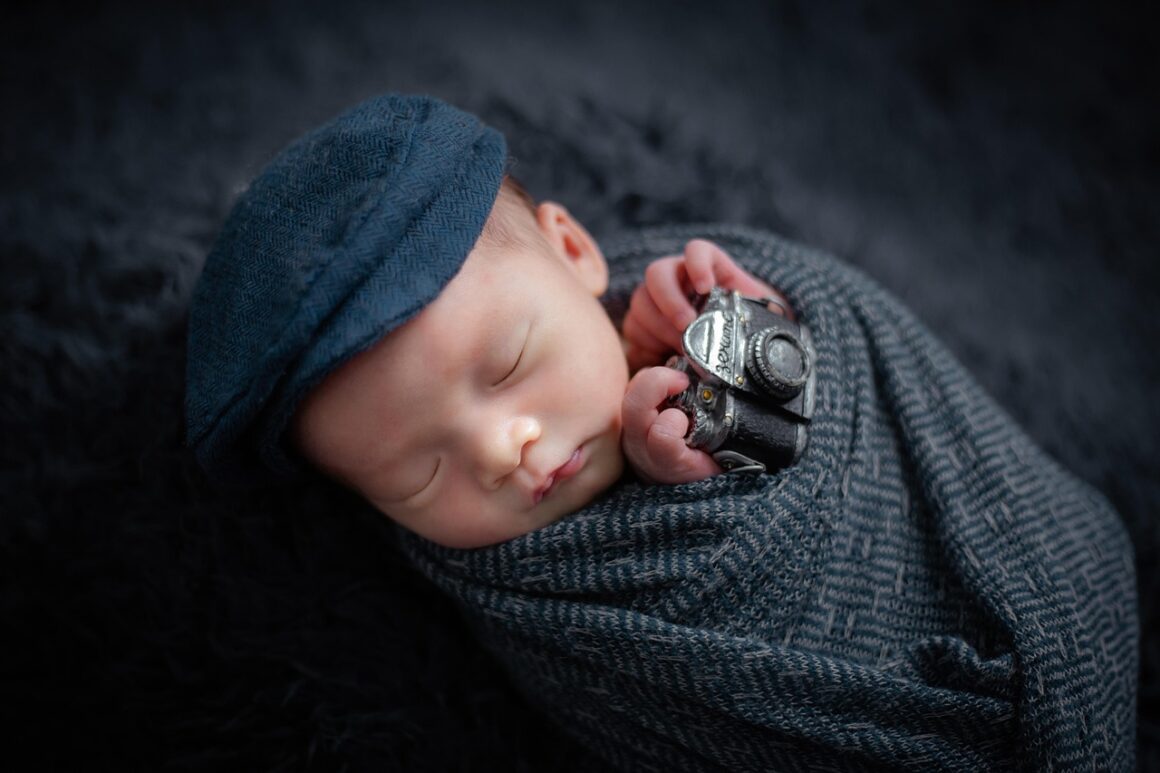Thrift shopping is something that you either like or you don’t. For some people, the idea of wearing clothes that have already been worn disgusts them; to which I agree, if someone has been sweating in a t-shirt without washing it, for you to then wear that would feel quite invasive. The clothing consumerism industry has done nothing but grow over the last decade. With the introduction of social media, online shopping and constant exposure to what everyone else is wearing, it can be difficult to not feel obligated to want and desire the persistent stream of clothing being released every day. Alongside these new pieces, comes expensive prices, sweatshop labour and having the girl next door own an identical item. High-street stores such as Topshop, H&M, Zara all sell hundreds of the same dress, skirt, jeans.
“If being original adds to your personal style, then surely an expensive high-street store is your worst enemy. However, thrift shops should be your best friend.”
There is an argument that we should not be buying such an incredible amount of low-quality clothing. Spending more money on a piece of clothing that will last you longer is better for the environment and prevents you from having to replace the item as it wears out. One person simply doesn’t need 5 of the same t-shirt in a range of colors. They all serve the same purpose but look different to the eye. Stores such as Forever 21 rarely produce clothing of a high, sustainable quality. After several wears, their clothing becomes worn and sometimes even broken, what a waste of material, right?
How much clothing is wasted?
American’s send an average of 10.5 million tons of clothing to landfills every year. Let’s make some calculations based on this statistic. If the population of the United States is 325,643,513 then 10,500,000 tons of clothing divided into 325,643,513 people of America means that on average each person wastes 0.03 tons (27kg) of clothing every year. That is the weight of an average 8 or 9-year-old child. If this amount is persistent throughout the consumer’s life, the average life expectancy for American men and women is 78.8 years, multiply that by 0.03 tons (27kg) and throughout their life, they will have wasted 2.364 tons (2144.6kg) of clothing. This problem total will only remain an issue if the consumers continue to waste and get rid of the unwanted clothing they buy. The consumers must think about what they buy: is it good quality? Will I wear this more than 20 times? Can it be susceptible to fashion for the next 5 years? Will you still want to wear this clothing item in 5 years time? It is these questions that upon consuming, will bring these buyers back to reality. Money should be spent wisely, there is no point in buying an item that you will “use up” like you would with a box of chocolates.
Consume Wisely.
You may be thinking, buying clothing from thrift stores, second-hand shops, it is still consuming. There is consumption of timeless to be well-used items, then simply buying clothing for the sake of it. You can buy things from thrift shops sensibly, buy clothing of a high quality so it lasts a long time. Thrift shopping can help us reduce this incredible waste number dramatically. When clothing is donated to thrift stores, as they sort through the items, anything that is not sell-able is sent to material recycling. Instead of your unwanted clothing stocking up in a landfill, they are utilized elsewhere.
Think about where the clothing you buy was made.
The poor, cheap conditions of sweatshops in Bangladesh are a hub for large brands such as H&M, Zara, and Topshop to employ factory workers at a cost, only a fraction of the price one item of clothing is sold for. Factory workers can be earning a limited amount of 3,000 takas a month (approximately £25). Many are forced to work 14-16 hours a day, seven days a week. The employment in other industries is so limited that often the garment industry is their only option in order to provide a stable income for themselves. The chemicals used to make fake leather have a heavy impact on the local villages surrounding the factories. The waste chemicals are flushed into the rivers and into their drinking water, causing many children to have mental and physical problems that will limit their life. Try thinking about that when you go to purchase that cheap fake leather handbag.
This mass production doesn’t only affect the people.
Chemicals used on crops to prevent insects from attacking plants has encouraged the plants to struggle. Plants are genetically modified so that they can produce more seeds, more harvest, to create more clothing that the Western world essentially doesn’t need. The farmers who grow the crops for this mass production system are forced to use pesticides, to keep up with other farmers and ensure they gain enough profit from their business. Living and working around so many chemicals can affect their body dramatically. Exposure to these harmful chemicals has been linked to the increased presence of Parkinson’s disease, asthma, childhood leukemia and much more. The production of organic material is decreasing, a high demand for material means than organic cannot always be an option. Mass production and organic material cannot work together.
How can I buy clothing ethically and in a sustainable way?
Think about the company you buy from before you purchase clothing, think about if you really must spend the money on the item. It may feel like only a small help in such a large problem, but if consumers start to question the ethical morals of these high-street companies, the brands are forced to open their eyes to such an important issue. Supporting these brands only encourages them to produce more and more clothing in sweatshops. Extend your clothing opportunity and try looking in thrift shops, the money goes to a good cause and you have hundreds of items to search through, that’s more chances of finding a hidden gem! There are also many ethical clothing brands entering the market, which allow you to support the fair wages of garment workers when you purchase clothing (here is an article about some of these ethical brands.) The extra effort you put in to ensure the money you spend is used to its full potential (for protecting foreign workers and our environment), will make you feel better about the clothes you buy and intertwine charity donations into your monthly spending habits. It’s a win-win situation, so join the thrifting, ethical shopping movement!
Want to educate yourself on fast fashion and this global issue? There are hundreds of documentaries about these problems, fast fashion must be exposed to more consumers. The True Cost is a great documentary about the secrets behind the system, it exposed me to understanding these issues, so I am sure it can help you too!





Comments are closed.